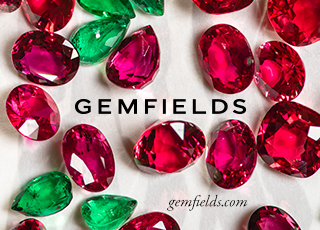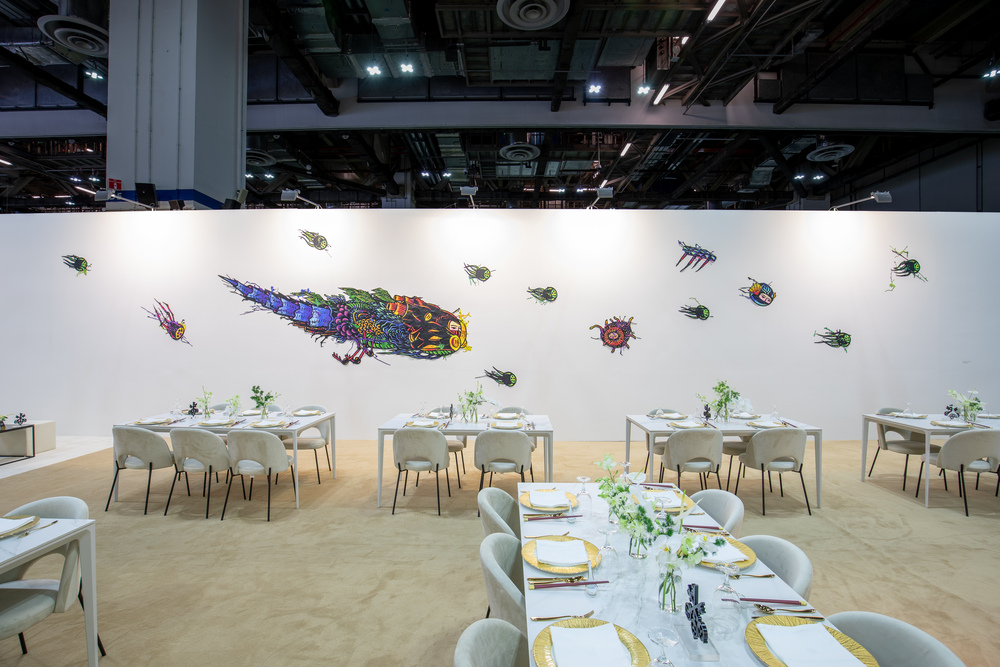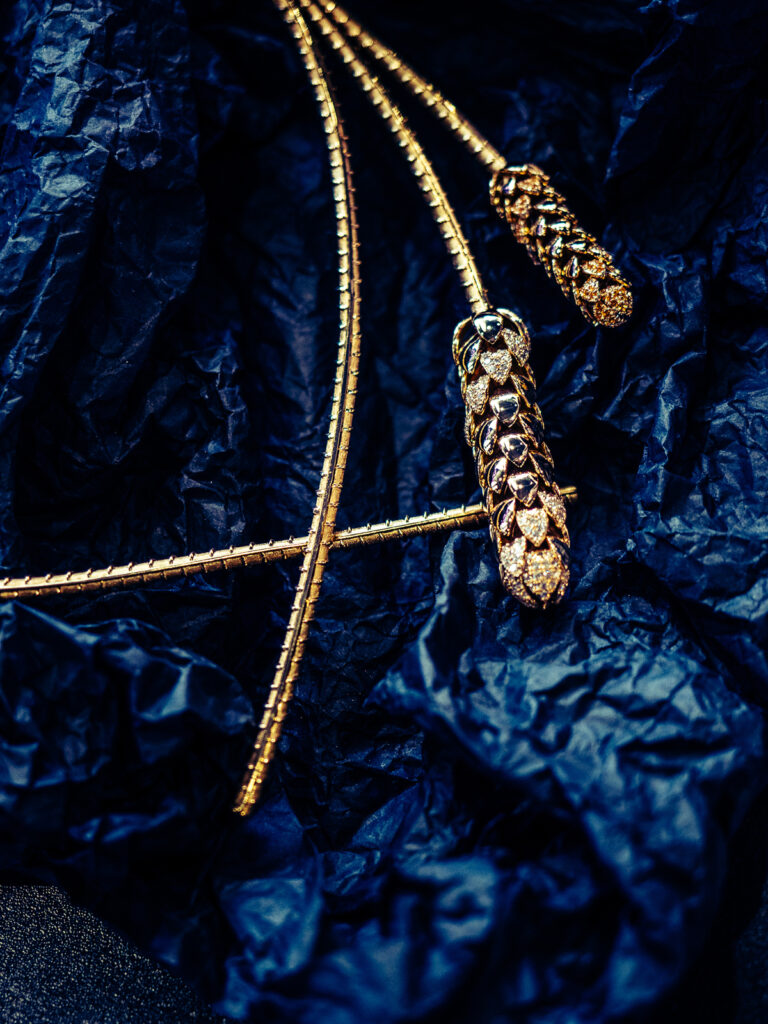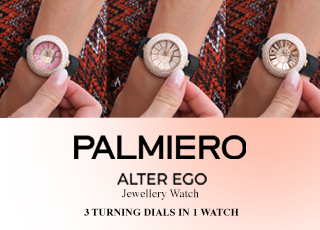No cut is a direct match for the cabochon. With its arched dome, the cabochon is one of the oldest and most efficient ways to cut and polish a gemstone. Its shape offers protection against chipping, and — while showing off colours to the greatest advantage — the cut also preserves most of the original weight of the rough stone.

Cabochons can be cut in different heights, with variations on the cut to include subtle edges or curves on the crown of the gemstones, known as sugarloaf-cuts. However, in the case of the sapphire ring sold at Sotheby’s, the stunning blue of the sapphire mandated a classic cabochon, surrounded by a trimming of diamonds.


Of the four classic gemstones — diamonds, rubies, emeralds, and sapphires — the emerald is without a doubt one that benefits the most from a cabochon cut. The domed arch displays the “jardin” of the emerald to a great advantage. The garden of inclusions can best be appreciated through a polished surface without facets.


Cabochon is a French word originating from the Latin word “cabo”, which means head, but it can be either round or oval in silhouette. Lynne Jewellery’s 18K white gold ring set with 102 diamonds (a total of 2.93 carats) showcases a natural untreated oval Burma jadeite cabochon. Moraglione and Sartoro Jewelry are both on a democratic mission for making fine jewellery accessible. Both companies use doublets and triplets, which are ingenious ways to add size to gemstone-set jewellery without it costing a fortune.

The classic way to achieve that is to back cabochon-cut slices of gemstones with either mother-of-pearl or clear quartz (rock crystal).
Image opener: I Love You Flower moonstone ring, DILYS’













